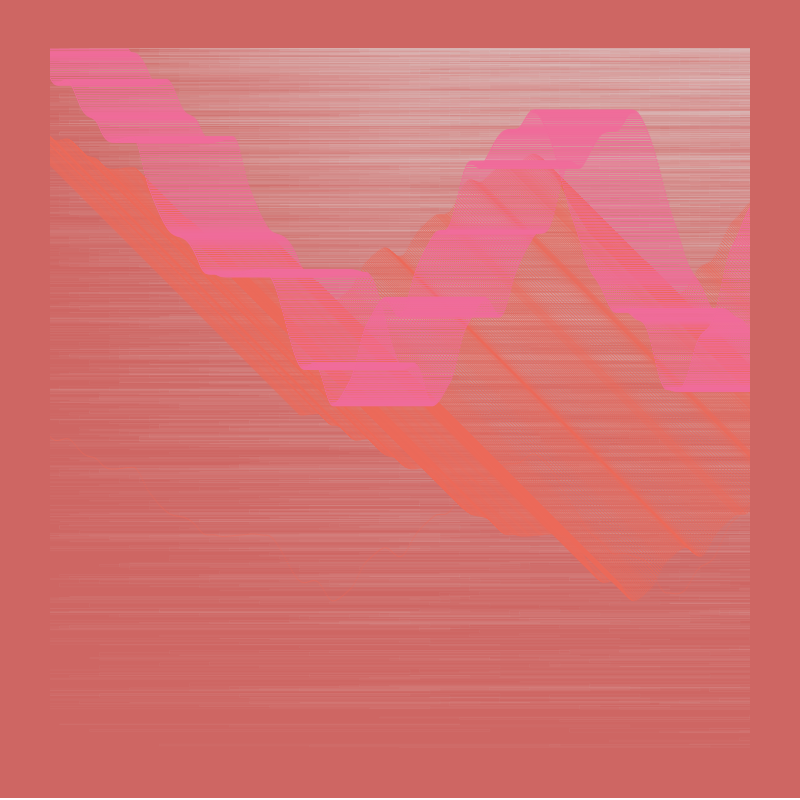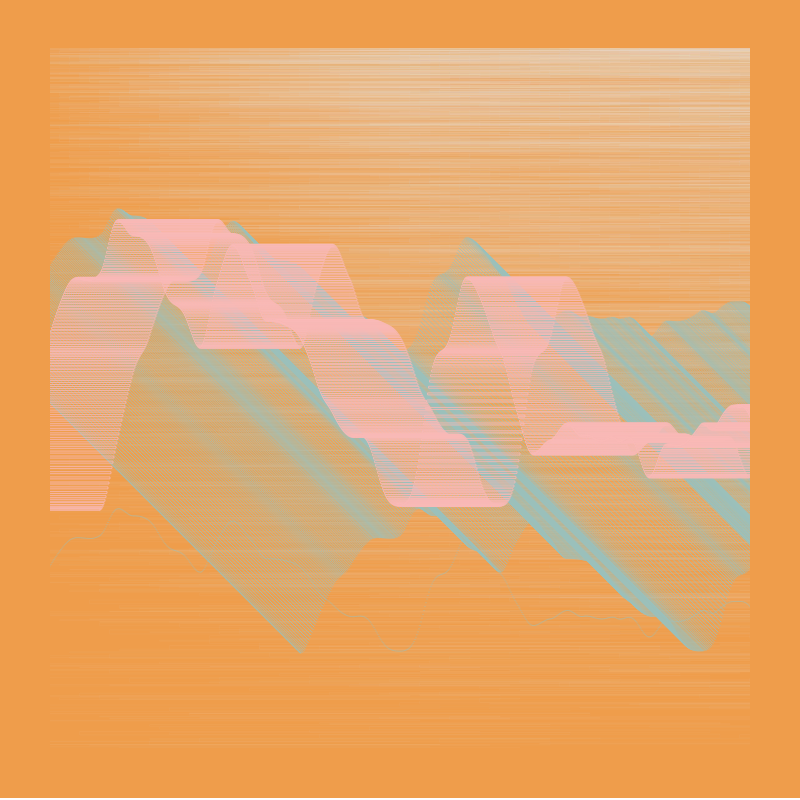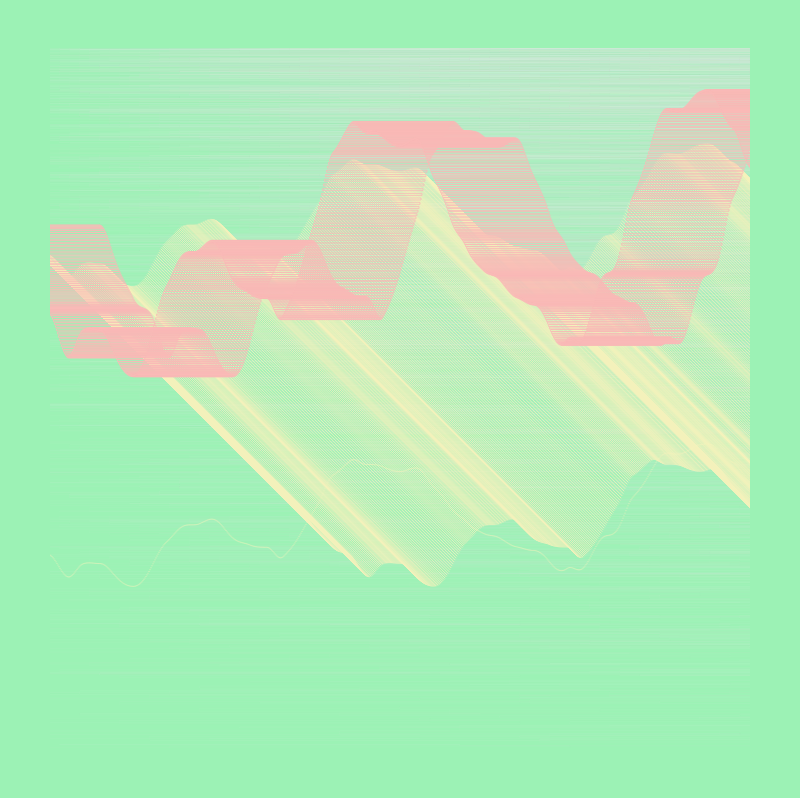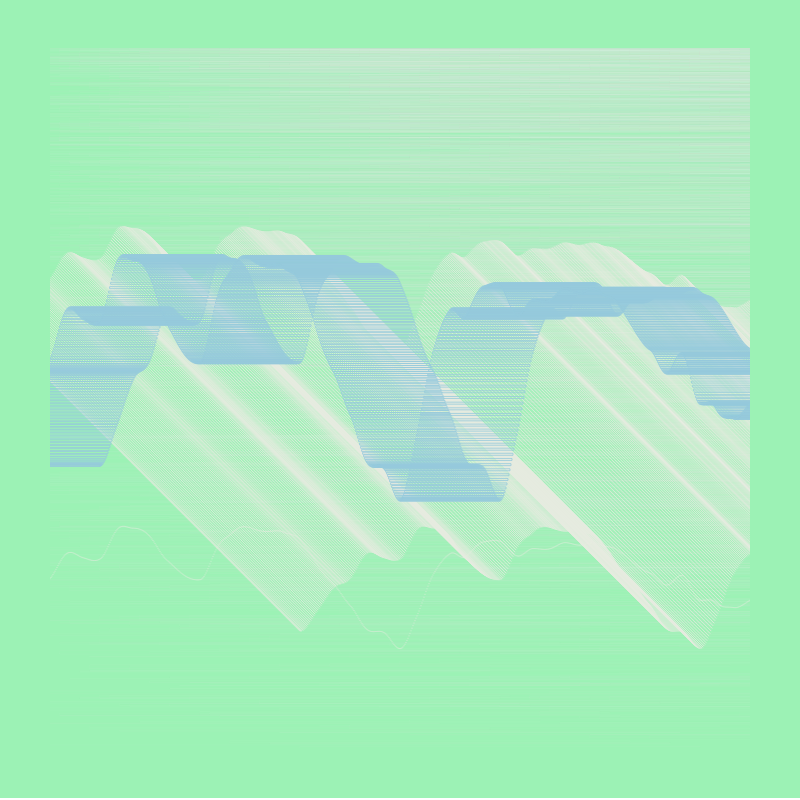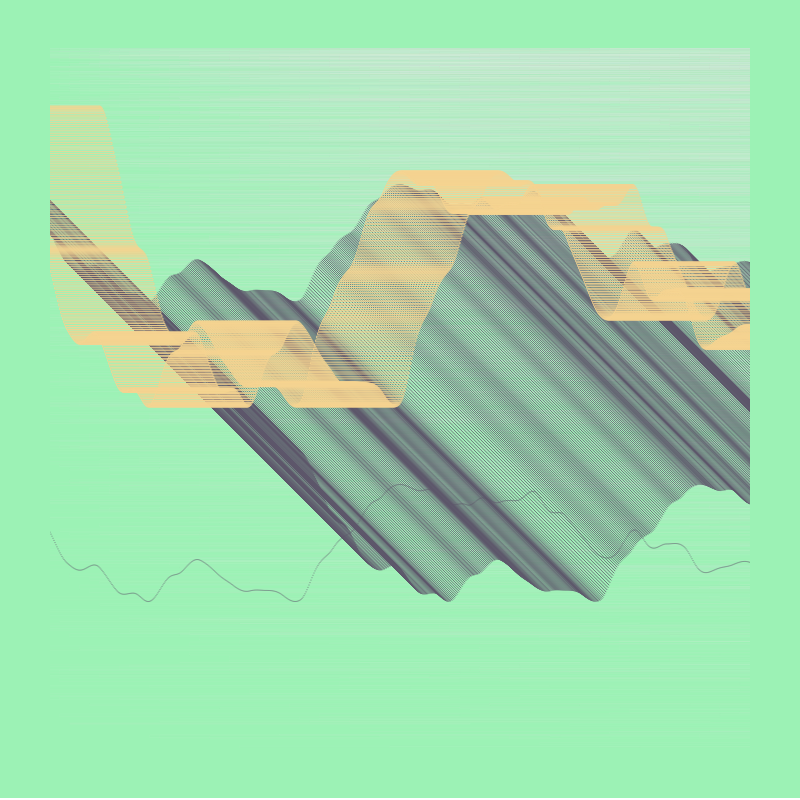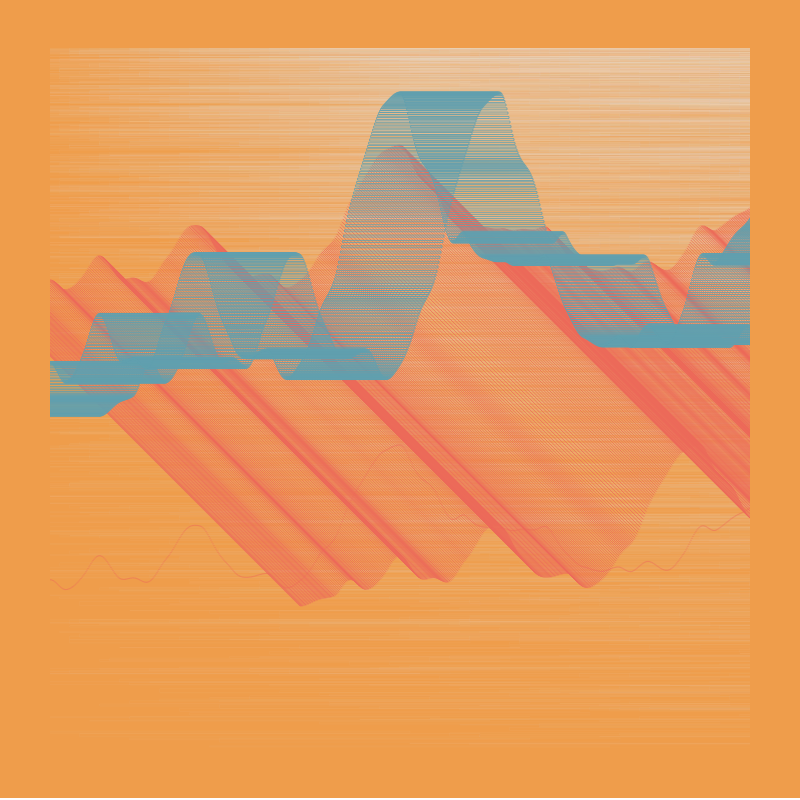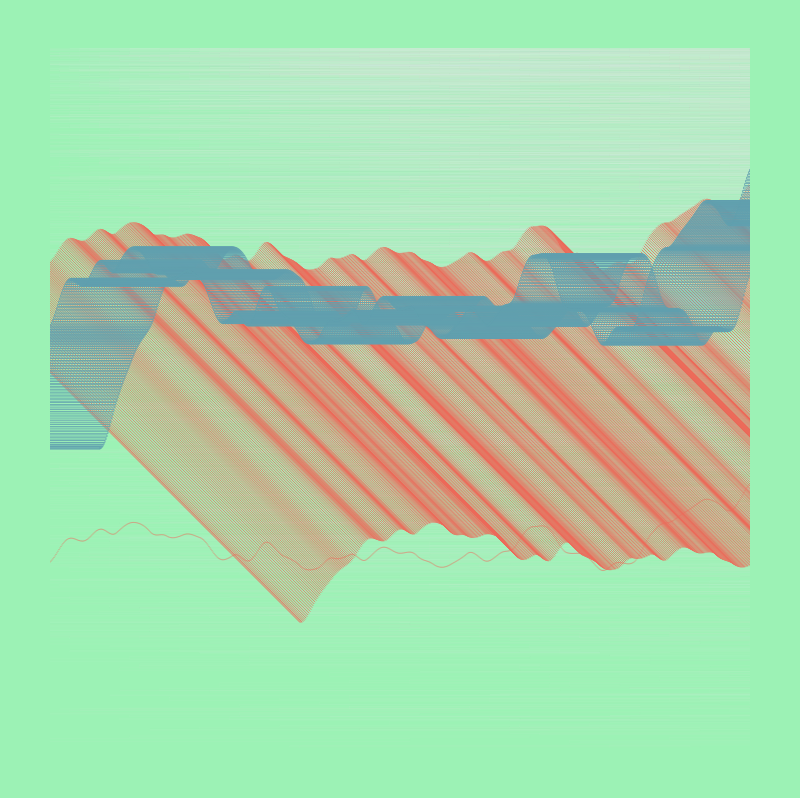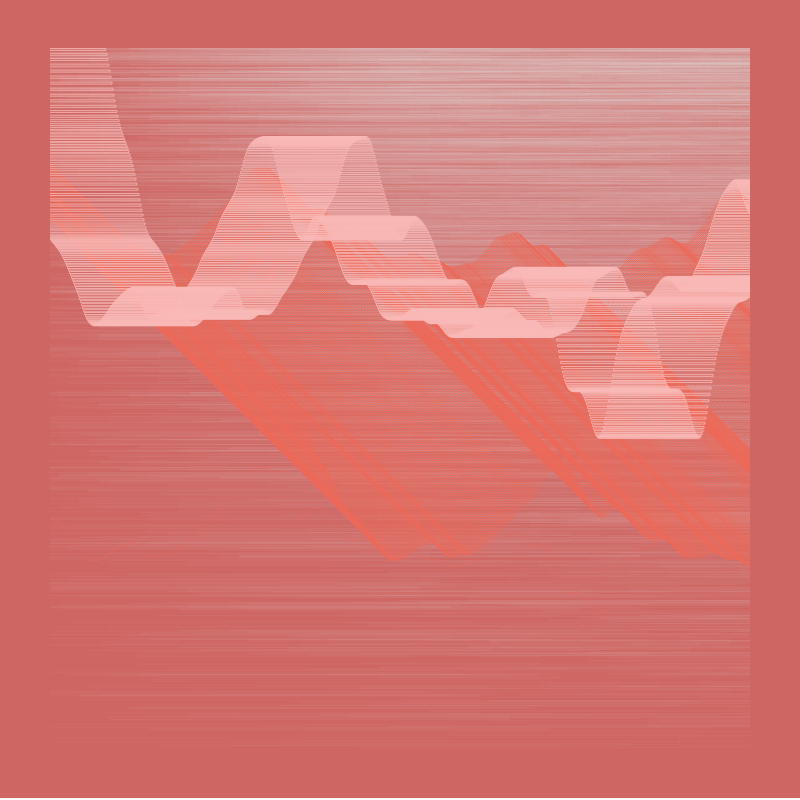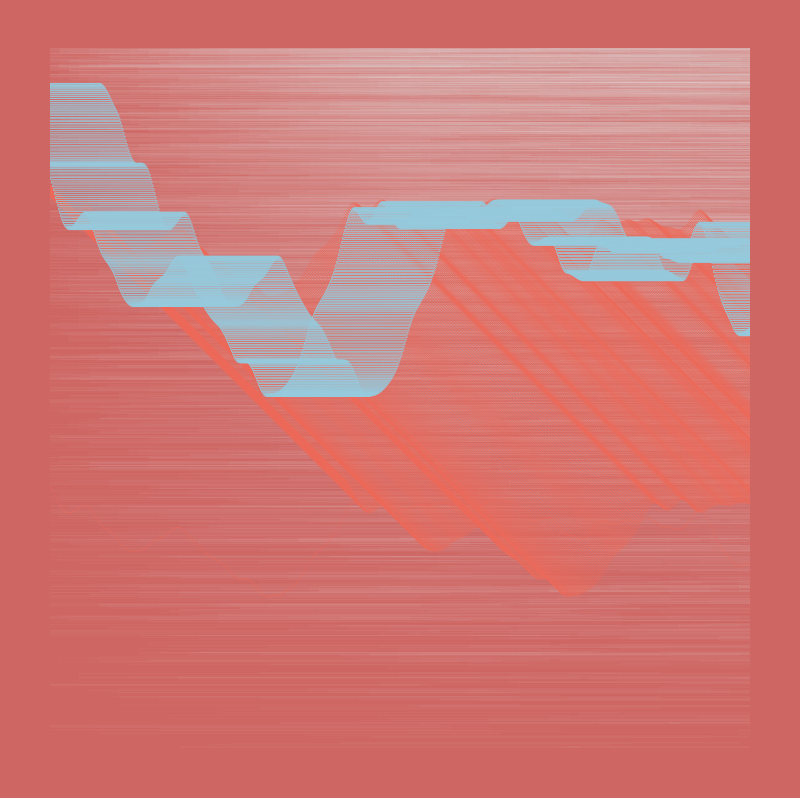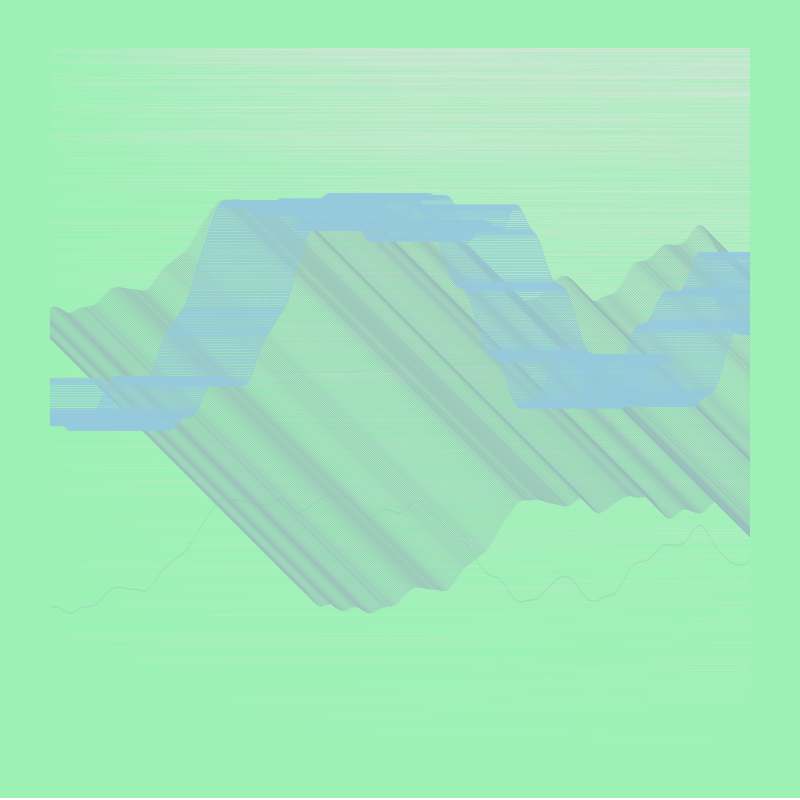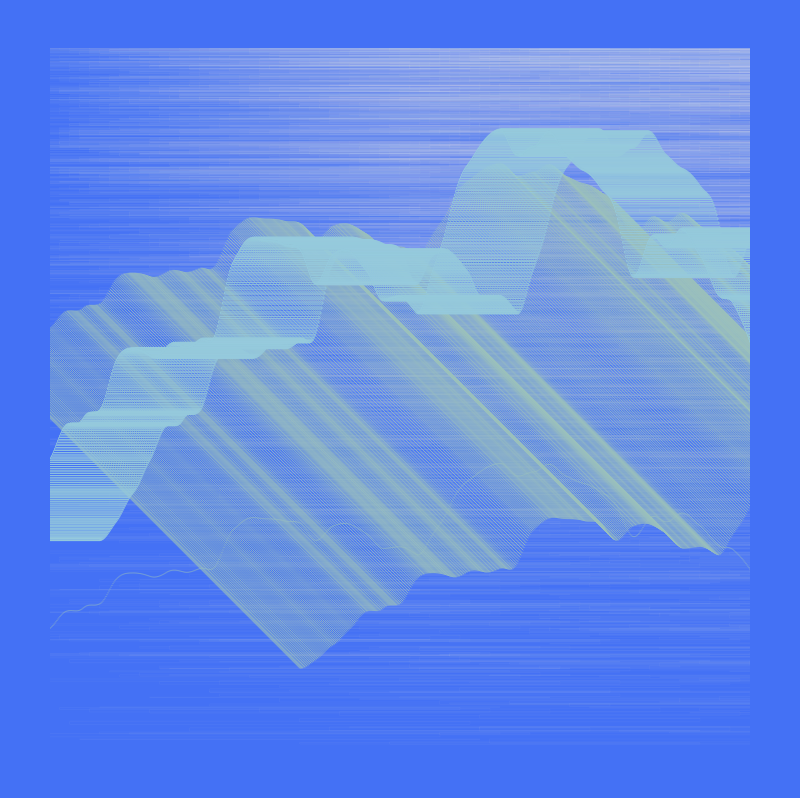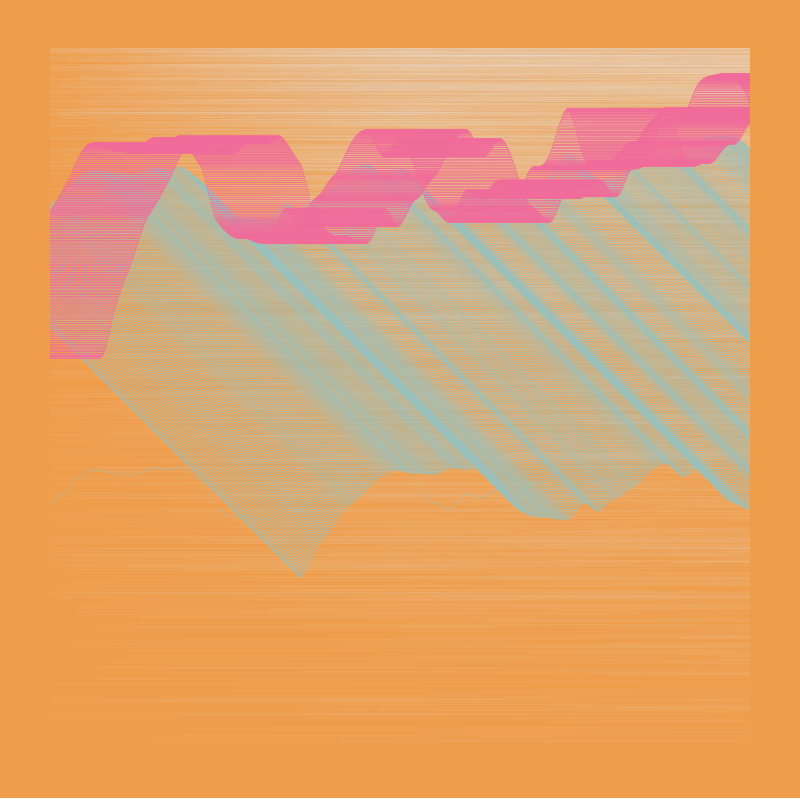by Pseudonymous
Wind on mind
IPFS
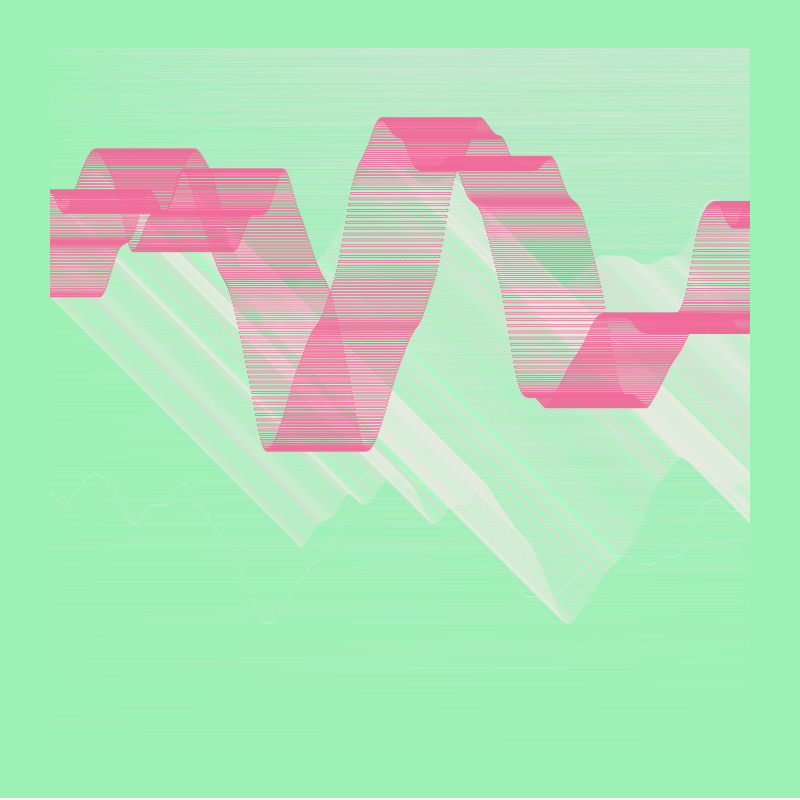
11 March 2023•TEZOS•IPFS
The use of lines and waves in art is a fundamental element that has been utilized by artists throughout history. Lines and waves can be used to create a sense of movement, to add depth and dimension to a piece, and to draw attention to specific areas of an artwork.
Lines can be straight or curved and can vary in thickness and length. They can be used to define edges, create texture, or to lead the viewer's eye through the artwork. In art, lines can be used to create a sense of movement, for example, by creating diagonal lines that give the impression of motion or by using converging lines to create the illusion of depth.
Waves, on the other hand, can create a sense of fluidity and movement. They can be used to create an organic feel to an artwork or to represent the movement of water or wind. Waves can be created with lines that curve and overlap, giving the impression of an undulating surface.
In some artworks, lines and waves can be combined to create a dynamic interplay between the two elements. For example, a painting of a seascape may use lines to represent the shore or horizon, while waves are used to represent the movement of the water. The combination of the two elements creates a sense of movement and depth, drawing the viewer into the artwork and creating a sense of immersion.
The use of lines and waves is not limited to traditional art forms such as painting or drawing. Lines and waves can also be utilized in digital art, such as in graphic design or animation. In digital art, lines and waves can be used to create dynamic and engaging designs that capture the viewer's attention and convey a sense of movement and energy.
In conclusion, lines and waves are essential elements in art that can be used to create a sense of movement, depth, and dimension. Whether they are used in traditional art forms or digital media, lines and waves can be combined in unique and creative ways to create dynamic and engaging artworks that capture the viewer's attention and imagination.
Lines can be straight or curved and can vary in thickness and length. They can be used to define edges, create texture, or to lead the viewer's eye through the artwork. In art, lines can be used to create a sense of movement, for example, by creating diagonal lines that give the impression of motion or by using converging lines to create the illusion of depth.
Waves, on the other hand, can create a sense of fluidity and movement. They can be used to create an organic feel to an artwork or to represent the movement of water or wind. Waves can be created with lines that curve and overlap, giving the impression of an undulating surface.
In some artworks, lines and waves can be combined to create a dynamic interplay between the two elements. For example, a painting of a seascape may use lines to represent the shore or horizon, while waves are used to represent the movement of the water. The combination of the two elements creates a sense of movement and depth, drawing the viewer into the artwork and creating a sense of immersion.
The use of lines and waves is not limited to traditional art forms such as painting or drawing. Lines and waves can also be utilized in digital art, such as in graphic design or animation. In digital art, lines and waves can be used to create dynamic and engaging designs that capture the viewer's attention and convey a sense of movement and energy.
In conclusion, lines and waves are essential elements in art that can be used to create a sense of movement, depth, and dimension. Whether they are used in traditional art forms or digital media, lines and waves can be combined in unique and creative ways to create dynamic and engaging artworks that capture the viewer's attention and imagination.
Introducing the enigmatic Pseudonymous, a boundary-pushing artist who creates bold and thought-provoking works under a veil of mystery.
64 EDITIONS
•0 RESERVES
minted
14 / 64
fixed price
0.5 TEZ
Lorem ipsum project longer longer
0.00001 ETH
Lorem ipsum project longer longer
0.00001 ETH
Lorem ipsum project longer longer
0.00001 ETH
Lorem ipsum project longer longer
0.00001 ETH
Lorem ipsum project longer longer
0.00001 ETH
Lorem ipsum project longer longer
0.00001 ETH
Lorem ipsum project longer longer
0.00001 ETH
Lorem ipsum project longer longer
0.00001 ETH
Lorem ipsum project longer longer
0.00001 ETH
Lorem ipsum project longer longer
0.00001 ETH
Lorem ipsum project longer longer
0.00001 ETH
Lorem ipsum project longer longer
0.00001 ETH
Lorem ipsum project longer longer
0.00001 ETH
Lorem ipsum project longer longer
0.00001 ETH
Lorem ipsum project longer longer
0.00001 ETH
Lorem ipsum project longer longer
0.00001 ETH
Lorem ipsum project longer longer
0.00001 ETH
Lorem ipsum project longer longer
0.00001 ETH
Lorem ipsum project longer longer
0.00001 ETH
Lorem ipsum project longer longer
0.00001 ETH
Lorem ipsum project longer longer
0.00001 ETH
Lorem ipsum project longer longer
0.00001 ETH
Lorem ipsum project longer longer
0.00001 ETH
Lorem ipsum project longer longer
0.00001 ETH

